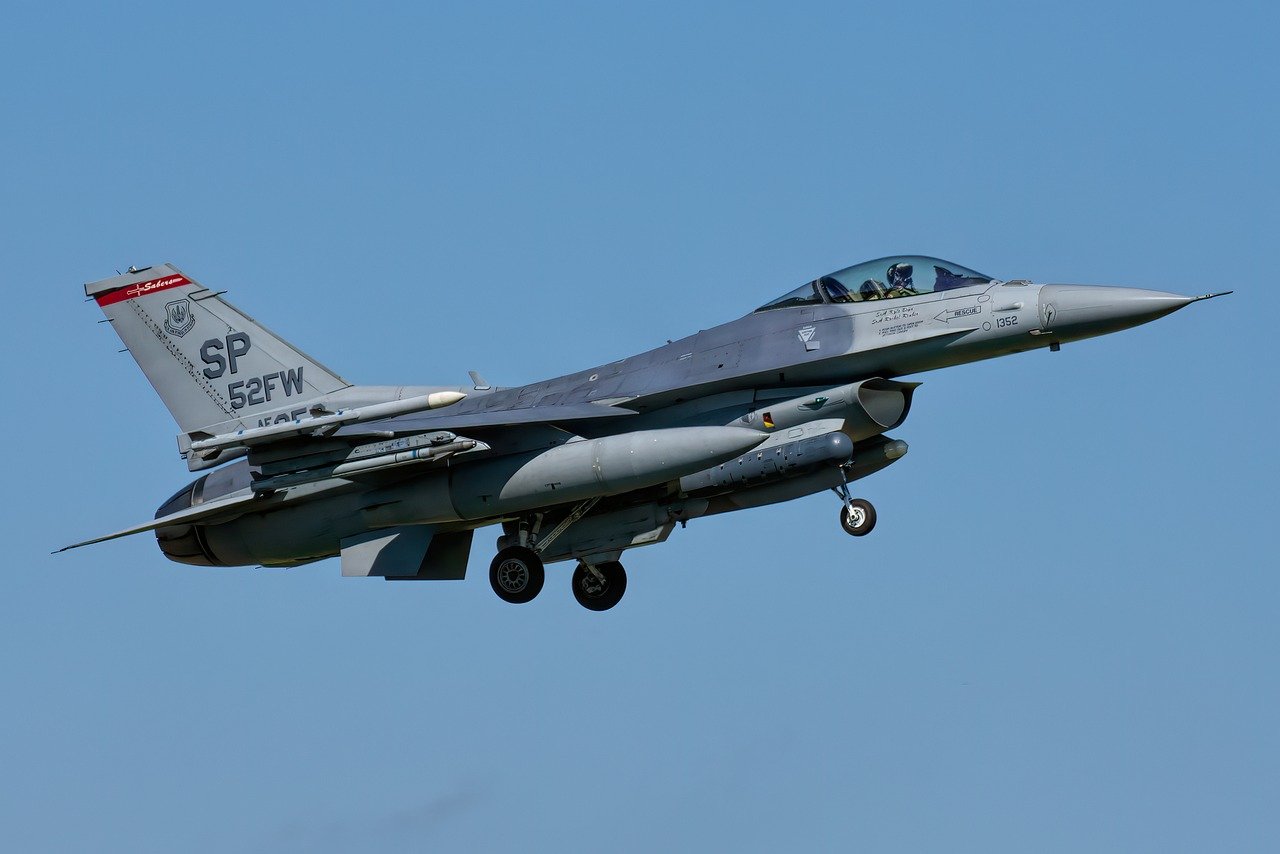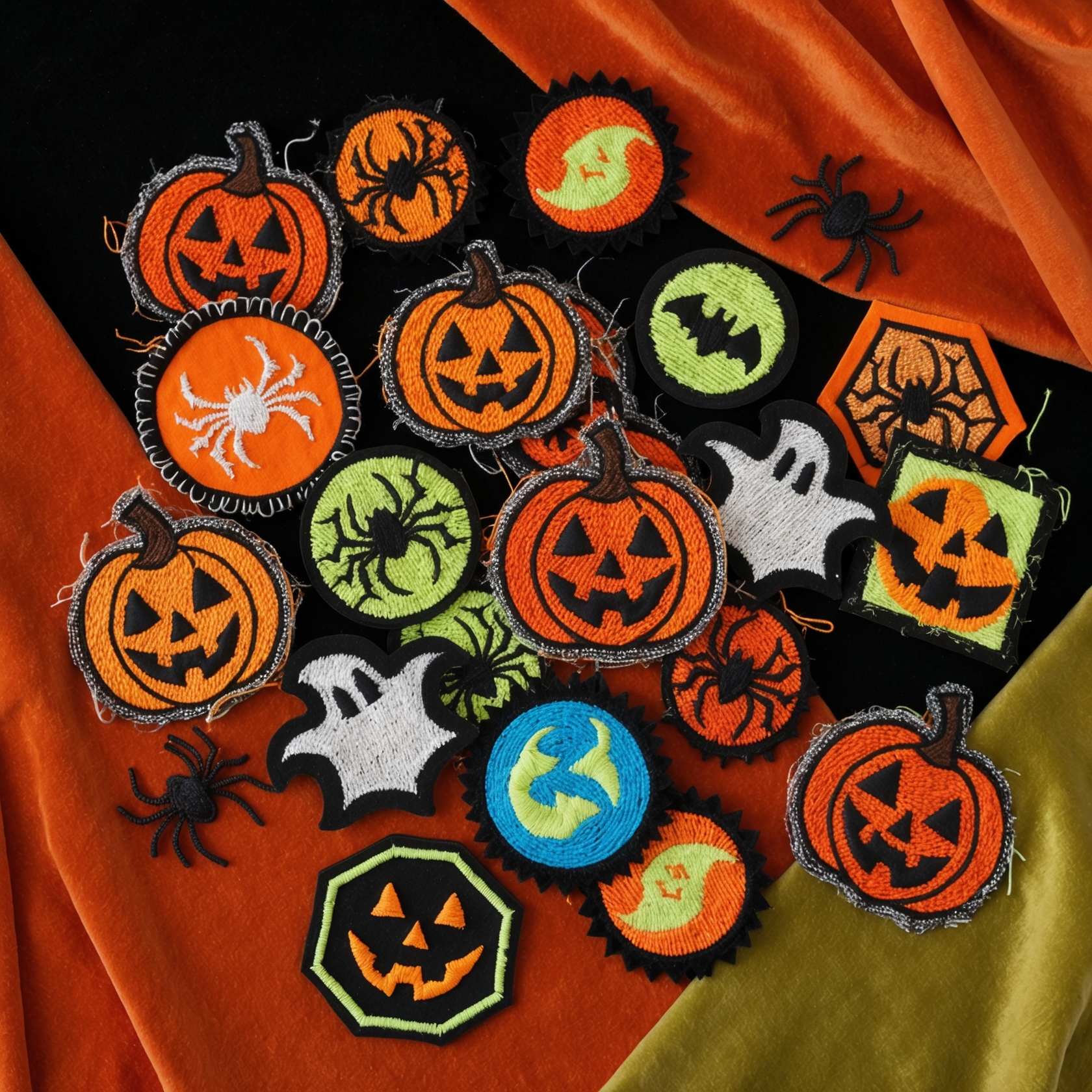Picture a soldier standing proudly in uniform, the patches on their sleeves and chest catching the light. Each patch tells a unique story of courage, sacrifice, and dedication. These small pieces of fabric carry immense meaning, representing battles fought, missions accomplished, and traditions upheld. But what do these patches truly signify, and how do they convey such powerful stories? Let’s delve into the world of military patches and uncover the valor and tradition woven into their threads.
Military patches are much more than decorative elements on a uniform; they are rich with history and symbolism. These patches serve as badges of honor, representing the identity, achievements, and affiliations of the wearer. This article explores the fascinating stories behind military patches, addresses common misconceptions, and provides insights into their significance. By understanding the heritage and meaning of these patches, we can appreciate the profound impact they have on those who wear them and the legacy they represent.
The History and Evolution of Military Patches
Origins:
The tradition of military patches dates back to ancient times when warriors used symbols and colors to signify their allegiance and accomplishments. However, the modern concept of military patches began during World War I, when the U.S. military introduced shoulder sleeve insignia (SSI) to identify different divisions and units.
- Early Designs: Early patches were simple, often featuring basic shapes and colors to distinguish different units. These patches served practical purposes, helping to identify soldiers and their affiliations in the chaos of battle.
Example: The famous “Big Red One” patch of the 1st Infantry Division, introduced during World War I, became an iconic symbol of bravery and resilience throughout the 20th century.
Significance of the Maltese Cross:
One of the most recognizable symbols in military patches is the Maltese cross. This emblem has a storied history, originating from the Knights of Malta, who were known for their bravery and dedication to helping others, especially in times of disaster.
- Symbol of Bravery: The Maltese cross represents courage, honor, and protection, making it a fitting emblem for military patches. It signifies the commitment to save lives and property, even at great personal risk.
Example: Many fire and rescue units incorporate the Maltese cross in their patches, highlighting their mission of bravery and service.
The Role of Military Patches in Soldier Identity
Unit Pride and Camaraderie:
Military patches play a crucial role in fostering a sense of pride and camaraderie among soldiers. Each patch represents a specific unit, division, or mission, highlighting their unique identity and achievements.
- Building Unity: Wearing the same patch helps build a strong sense of unity and belonging among soldiers. It symbolizes their collective commitment to serving their country and supporting each other.
Example: During joint operations, where multiple units collaborate, patches help identify soldiers’ affiliations, fostering teamwork and coordination.
Commemorating Achievements:
Military patches are also used to commemorate significant achievements, events, and milestones. Special patches are often created to mark anniversaries, major operations, or the acquisition of new capabilities.
- Celebrating Milestones: These commemorative patches serve as lasting reminders of important moments in a unit’s history, celebrating the dedication and achievements of its members.
Example: The U.S. Army’s 82nd Airborne Division created a special patch to commemorate its 100th anniversary, incorporating elements of its storied past and present.
Addressing Common Misconceptions
Military Patches Are Just Decorative
A common misconception is that military patches are merely decorative items with no deeper significance.
Solution: Understanding Their Symbolism
Educating the public and even new soldiers about the historical and symbolic meanings behind military patches can help dispel this misconception. Each patch is rich with significance, reflecting the heritage, achievements, and values of the unit or individual it represents.
- Example: A military history exhibit or educational program could highlight the stories behind various patches, explaining their significance and the contributions of the units and individuals who wear them.
Patches Are Only for Combat Units
Another misconception is that military patches are only worn by combat units, ignoring the diverse roles within the military.
Solution: Highlighting Diverse Roles
Highlighting patches from non-combat units, such as medical, engineering, logistics, and intelligence units, demonstrates the wide range of roles and contributions within the military.
- Example: A patch from the U.S. Army Medical Corps, featuring the caduceus symbol, represents the critical role of medical personnel in maintaining the health and readiness of the force.
Future Trends in Military Patch Design
Technological Integration:
As technology advances, military patches are evolving to include features such as RFID chips and QR codes, enhancing their functionality and security.
- Example: A patch with an embedded RFID chip could provide secure access to facilities or digital records, adding a layer of security and convenience for service members.
Sustainable Materials:
With an increasing focus on sustainability, the materials used for military patches are shifting towards eco-friendly and durable options.
- Example: Patches made from recycled materials or biodegradable fabrics align with broader environmental goals and reduce the ecological footprint of military operations.
Practical Tips for Designing Meaningful Military Patches
1. Incorporate Historical Elements:
Drawing inspiration from a unit’s history and heritage can add depth and meaning to a patch design. Using symbols, colors, and motifs that reflect the unit’s past achievements and traditions can create a strong connection to its legacy.
- Example: A patch design for a historic unit might include references to famous battles or campaigns in which the unit played a significant role.
2. Use Symbolic Imagery:
Incorporating symbolic imagery that represents the unit’s mission, values, and capabilities can make the patch more meaningful and recognizable.
- Example: An aviation unit might use images of wings, aircraft, or birds of prey to symbolize their aerial capabilities and speed.
3. Ensure Practicality and Durability:
Military patches must be practical and durable, able to withstand the rigors of military service. Choosing high-quality materials and ensuring secure attachment methods are essential for long-lasting patches.
- Example: Using durable embroidery techniques and strong Velcro attachments can ensure patches remain intact and securely attached to uniforms.
Conclusion
Military patches are far more than decorative accessories; they are deeply significant symbols of identity, pride, and achievement within the armed forces. By understanding their rich history, the symbolism behind their designs, and their role in fostering unit pride and camaraderie, we gain a greater appreciation for these emblems. Addressing common misconceptions helps us see beyond their surface appearance, recognizing the valor and tradition they represent. As technology and materials evolve, so too will the ways in which these patches serve and symbolize the military community. Whether honoring historical achievements or incorporating modern advancements, military patches will continue to be a testament to the dedication and bravery of those who serve.
If you are interested in ordering some high-quality custom patches, feel free to call us at 877-912-6407 or fill out a FREE quote here.




